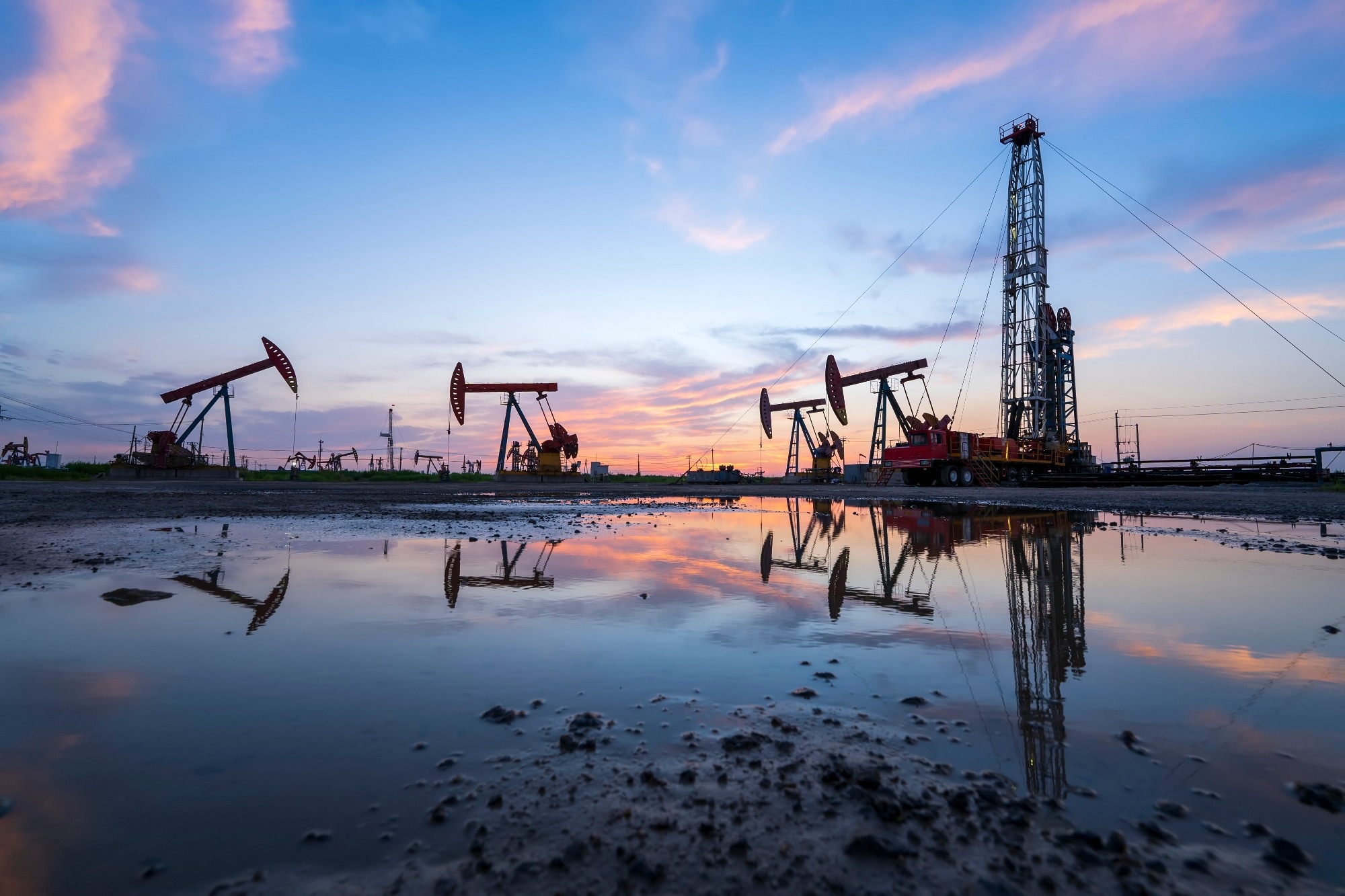In a recent article published in Renewable Energy, researchers discussed an innovative approach to geothermal energy exploration that emphasizes the reutilization of pre-existing oil and gas (O&G) subsurface data to assess geothermal potential effectively and economically.

Image Credit: zhengzaishuru/Shutterstock.com
Background
The work highlights the importance of geothermal energy as a clean, sustainable resource capable of supplying heat and electricity. It recognizes that geothermal development faces intrinsic economic and technical difficulties primarily due to the substantial capital expenditures (CAPEX) associated with exploration, well drilling, reservoir stimulation, and uncertainties in subsurface conditions.
Recent studies cited in the article have shown that seismic reflection profiles and well data predominantly used in oil and gas exploration can be effectively adapted to identify geothermal reservoirs, especially those with fractured carbonate or volcanic formations exhibiting high permeability and temperature anomalies.
Understanding thermal anomalies, stratigraphic relationships, and the nature of reservoir rocks gained from hydrocarbon data provides a valuable basis for assessing geothermal potential without the need for extensive new data acquisition.
The Current Study
The study focuses on the Guardia Lombardi area in southern Italy. The methodology begins with the compilation and reinterpretation of vintage O&G datasets, notably approximately 700 km of 2D seismic profiles, along with well logs from existing hydrocarbon wells. The seismic data were reprocessed and integrated into a 3D geological model, providing insight into the subsurface stratigraphy and structural framework.
Well data, including cuttings, core samples, and temperature logs, enabled the identification of key stratigraphic intervals and the evaluation of formation properties relevant to geothermal potential.
Two primary units were identified: fractured carbonate rocks belonging to the Cretaceous-Eocene Apulian Carbonate Platform and overlying marly-clayey formations. The carbonate units, characterized by fracturing and karst features, are shown to have high porosity and permeability, making them promising geothermal reservoirs. Temperature logs from existing wells revealed a geothermal anomaly with temperatures reaching approximately 125 °C at depths of about 2300 meters.
The authors used advanced reservoir simulation software and geophysical interpretation tools to model heat flow and estimate sustainable fluid extraction rates. They also calibrated their models with existing seismic and well data to estimate the distribution of temperature, porosity, and permeability within the reservoir.
Recognizing the importance of economic feasibility, the team conducted a cost-benefit analysis, considering the costs of drilling, well completion, and surface plant installation. They designed two scenarios characterized by different flow rates (40 and 70 kg/s) and simulated the resulting thermal and hydraulic performance over a 30-year operational lifespan.
Results and Discussion
The geological reinterpretation confirmed the presence of a significant geothermal anomaly in the study area, with a maximum temperature of about 125 °C at 2300 meters depth. The analysis of the seismic and well data revealed stratigraphic conditions conducive to geothermal exploitation, notably fractured carbonate rocks with high porosity and permeability.
The presence of these fractured zones suggests that these formations could serve as effective reservoirs, capable of sustaining production over decades.
The reservoir simulation showed that sustainable fluid production could reach up to 70 kg/s without causing excessive thermal drawdown or reservoir collapse, with a predicted operational life exceeding 30 years.
The two flow scenarios (40 and 70 kg/s) were evaluated, revealing that higher flow rates would improve energy output but at increased capital and operational costs. Economic analysis indicated that both scenarios could be financially viable, especially considering the cost savings associated with using previously acquired seismic data instead of new exploratory surveys. The cost of acquiring new seismic profiles—estimated at over 7 million euros—would be circumvented, reducing the initial CAPEX substantially.
The design of a geothermal power plant incorporating an Organic Rankine Cycle (ORC) system was optimized for each scenario. In the lower flow rate scenario, a smaller ORC unit (84 kW capacity) paired with auxiliary pumps was considered adequate, whereas the higher flow scenario necessitated an 863 kW ORC system. The economic evaluation suggested payback periods within acceptable ranges, and significant environmental benefits accrue from replacing fossil fuel-based energy sources, aligning with global decarbonization targets.
Conclusion
The article concludes that strategically reusing existing oil and gas exploration data presents a compelling pathway to optimize geothermal resource assessment. It demonstrates that vintage seismic profiles and well logs can provide sufficient subsurface information to identify and characterize geothermal reservoirs, significantly reducing exploration risk and costs.
In the case study of the Guardia Lombardi region in Italy, the reinterpretation of hydrocarbon data led to identifying a promising geothermal resource with temperatures suitable for combined heat and power applications. The authors emphasize that leveraging existing datasets from the oil and gas industry aligns well with current energy transition goals, offering a cost-effective, environmentally friendly, and socially beneficial route to expand geothermal energy.
Source:
Livani M., Inversi B., et al. (2025). Geothermal potential and exploitation in southern Italy using vintage oil and gas data. Renewable Energy, 242, 122401. DOI: 10.1016/j.renene.2025.122401, https://www.sciencedirect.com/science/article/pii/S0960148125000631